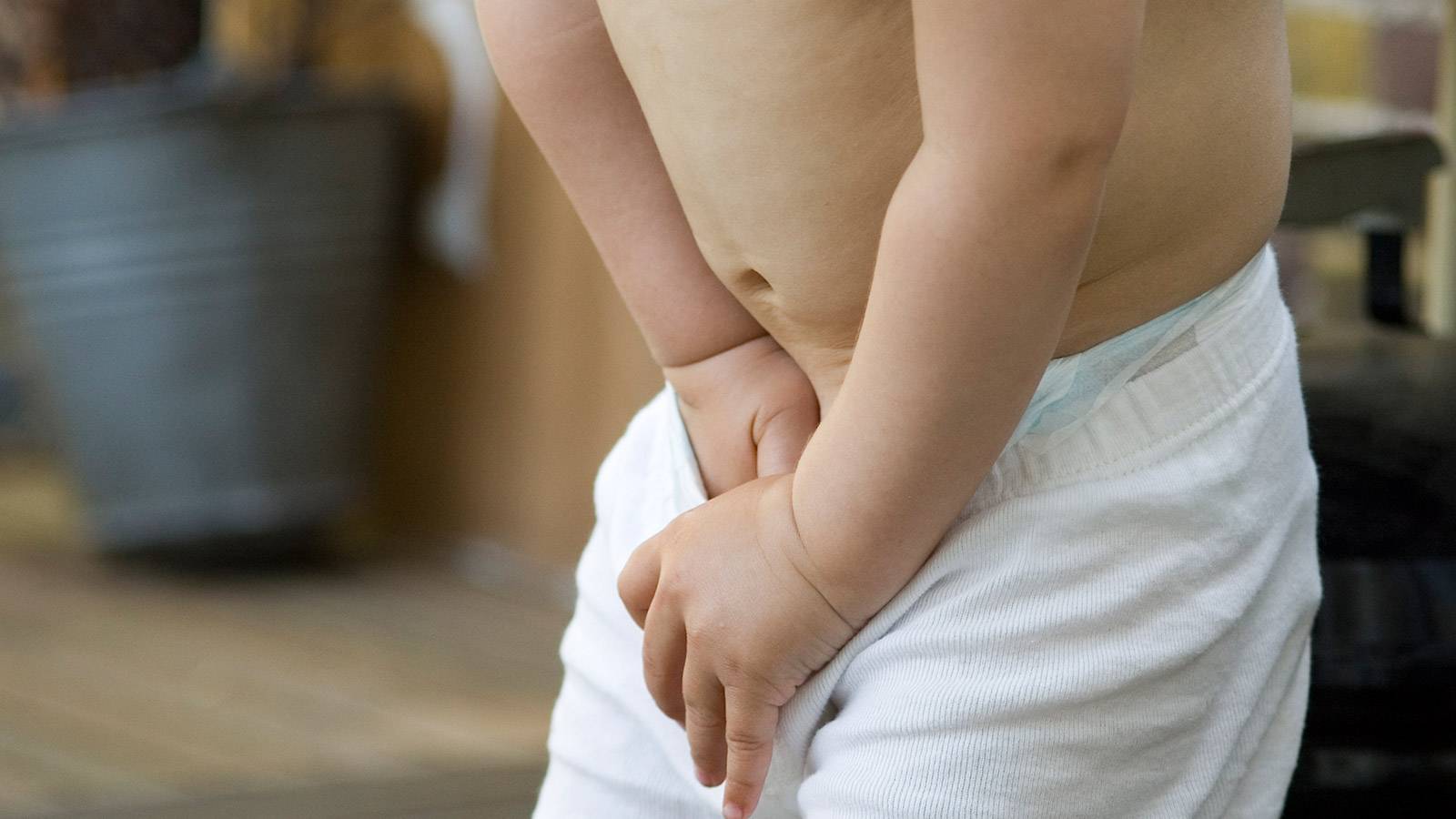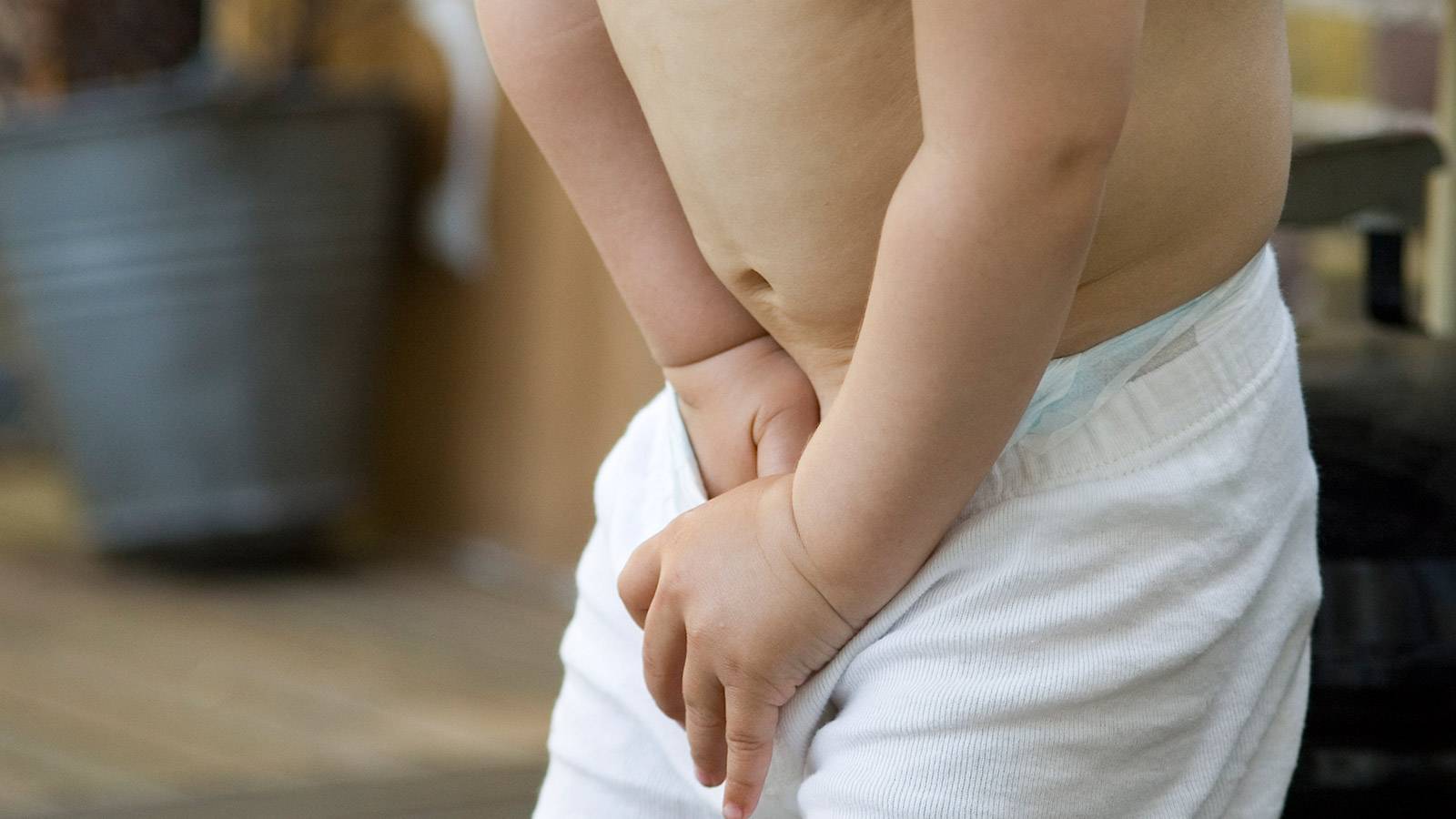Find out what your son’s urinary tract infections are telling you about his health…

Every parent hopes to bring up a happy and healthy toddler. However, some boys do have a problem in their nether regions, involving their penis, testicles or scrotum.
One interesting fact is that the same symptom is seen in boys’ urological problems — a Urinary Tract Infection (UTI). Signs of a UTI include:
* Fever.
* Pain on both sides of your son’s body.
* Painful, frequent, bloody or cloudy urine.
If junior isn’t old enough to tell you what is hurting him, it can be difficult for you to detect that something is indeed wrong with your tyke.
This is why Dr Nyo Yoke Lin, a consultant at the National University Hospital’s department of paediatric surgery, advises that you bring your little one to see a doctor as soon as you suspect that something is wrong. He lists several urinary health issues your son may face…
1) Undescended testicle(s)
WHAT? By the third trimester, the testicles in a male foetus should have fully descended into the scrotum. Hence, about five to seven per cent of premature baby boys tend to suffer from this condition, Dr Nyo notes. That said, about three per cent of full-term babies and one per cent of 1-year-olds may also suffer from this condition.
SIGNS AND SYMPTOMS The paediatrician will do a quick physical examination at birth or during your mini-me’s regular check-ups to assess if he suffers from the condition.
TREATMENT If your baby’s testicles have yet to descend at 6 to 9 months of age, corrective surgery will be carried out when he’s between 9 and 18 months of age. There are no other treatment options as hormonal meds have not effective, Dr Nyo states. If this condition isn’t treated, the undescended testicle may experience subfertility or get cancer.
You may also observe your child’s urine coming out in an abnormal manner — not from the tip of his penis — and that your child needs to sit down in order to pass urine.
2) Hypospadias
WHAT? In most boys, the opening of the urine tube is positioned at the tip of the penis. But if your tyke suffers from hypospadias — a malformation of the penis — the opening is located further down, sometimes at the bottom of the penis or even between the testicles. Various other abnormalities are also associated with hypospadias. You will spot a bend in your mini-me’s penis — called a chordee. The foreskin may also be incomplete, covering a portion of the top of his penis like a hood. While the exact cause of this condition is unknown, research suggests it may be linked to hormones or genetics.
SIGNS AND SYMPTOMS In most cases, your child’s paediatrician will be able to diagnose the condition with a physical examination. You may also observe your child’s urine coming out in an abnormal manner — not from the tip of his penis — and that your child needs to sit down in order to pass urine.
TREATMENT Dr Nyo notes that according to the severity of the hypospadias and any associated abnormalities, this condition is usually treated with surgery. This can be carried out either in stages or in a single operation when your child is between 9 months and age 2 depending on its severity. Unfortunately, even with surgery, Dr Nyo advises, “repair is never perfect.” Long-term health issues such as a poor urine stream, a persistent or recurrent bend in your child penis, or a chordee may still result. Sometimes, a fistula may occur more than 10 years after the surgical repair has been carried out, adds Dr Nyo. These resulting issues can be corrected as and when they show up.
3) Hydrocele
WHAT? When fluids fill the scrotal, causing it to swell, a hydrocele is the result. Premature babies are more likely to suffer from a hydrocele, which can cause inflammation and infections if left untreated.
SIGNS AND SYMPTOMS Usually, it will appear as a painless swelling in one or both of your little one’s testicles but as the scrotum swells in size, your child may experience more discomfort and pain.
TREATMENT Usually by age 1, your child’s hydrocele may disappear without any treatment. If not, your child will need to see the urologist, who will perform surgery to correct the condition. During the surgery, a small cut is made in the abdomen or scrotum, depending on the location of the hydrocele, to remove it surgically. After the operation and depending on his condition, your peewee may need to use a drainage tube for several days.
“If you suspect a hernia or a hydrocele, your child should be seen by a paediatric surgeon or urologist as soon as possible.”
4) Inguinal Hernia
WHAT? A small portion of your little one’s intestine has fallen through a weak spot in the abdominal muscles into the scrotum, where the testicle should be located.
SIGNS AND SYMPTOMS You’ll spot a bulge appearing on either side of your little one’s pubic bone, and there’s pain and swelling around the testicles. The resulting bulge can cause excruciating pain when your little one coughs, cries or is straining when he moves his bowels.
TREATMENT In a hernia, urgent treatment is required as it can lead to life-threatening complications. So, early detection and surgery will prevent the situation from deteriorating. Dr Nyo advises, “If you suspect a hernia or a hydrocele, your child should be seen by a paediatric surgeon or urologist as soon as possible.”
5) Vesicoureteral Reflux (VUR)
WHAT? When your child pees, the liquid waste normally flows down from the kidneys into tubes called the ureters before entering and being stored in your bladder. For young children and infants who suffer from Primary VUR, their urine flows back to the kidneys instead of going into the bladder. Secondary VUR patients, on the other hand, have a blockage in the bladder, which causes urine to flow back into the ureters. If the condition isn’t treated, your child will likely experience recurrent UTIs, and eventually, his kidneys will be scarred. Dr Nyo explains, “The consequences of the scarring include the deterioration of kidney function and high blood pressure.”
SIGNS AND SYMPTOMS Many children with VUR actually do not display symptoms, apart from a UTI.
TREATMENT Dr Nyo says your mini-me will usually be first given a course of antibiotics to treat his UTI as well as to prevent it from recurring also any subsequent scarring of the kidney. While your child is on antibiotics, his physician will carry out an X-ray test on the bladder as it fills and empties, called a micturating cysto-urethrogram, to diagnose this condition. Sometimes, the doctor may adopt a wait-and-see approach as children are known to outgrow the condition with age. However, if their condition doesn’t improve and their kidneys show signs of damage, surgery is a last resort for severe cases.
Photos: iStock
Like us on Facebook and check SmartParents regularly for the latest reads!
Elsewhere on SmartParents.sg…
“My toddler woke up one day and couldn’t walk”
